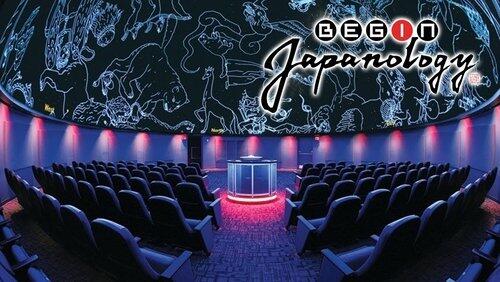Planetariums

Today, there are about 400 planetariums in Japan. That's the second largest number in the world, after the US. The world's largest planetarium, with a dome 35 meters across, is in Nagoya. Japanese people have long enjoyed the starry skies, on occasions such as moon-viewing parties and the annual star festival. And a recent assortment of astronomical phenomena viewable from Japan, including a solar eclipse this May, has helped drive a stargazing boom. These days, you can enjoy the planetarium experience not only in specialized facilities but also at cafes and even a Buddhist temple! Cutting-edge Japanese-made optical projectors have captured over 70 percent of the global market. They are typically made by large manufacturers, but one Japanese man single-handedly changed this high-tech industry. On this edition of BEGIN Japanology, our theme is planetariums. We'll bring you the latest on efforts in Japan to recreate the starry sky in greater detail than ever before.
Trailer
Recently Updated Shows

Ark
It's 2030, the oceans have risen rapidly, and soon, the entire planet will be submerged. But the discovery of another life-sustaining planet light-years away gives hope to those who remain alive. Only a few will be able to make the generations-long journey, and those who don't make the cut face a watery death.

The Ark
The Ark takes place 100 years in the future when planetary colonization missions have begun as a necessity to help secure the survival of the human race. The first of these missions on a spacecraft known as Ark One encounters a catastrophic event causing massive destruction and loss of life. With more than a year left to go before reaching their target planet, a lack of life-sustaining supplies and loss of leadership, the remaining crew must become the best versions of themselves to stay on course and survive.

